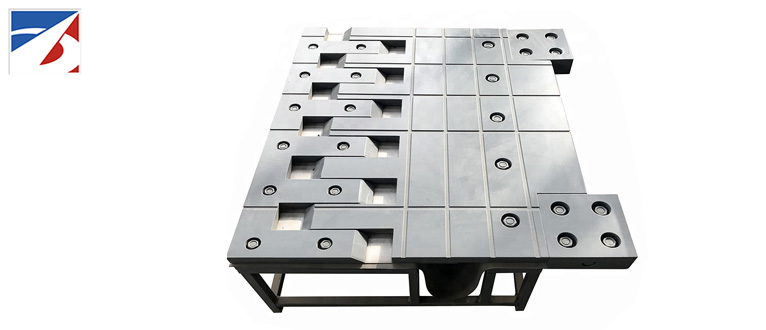Strip Seal Expansion Joint

Buckling restrained brace(BRB)
2019年3月27日
Modular Expansion Joints
2019年3月27日Strip Seal Expansion Joint
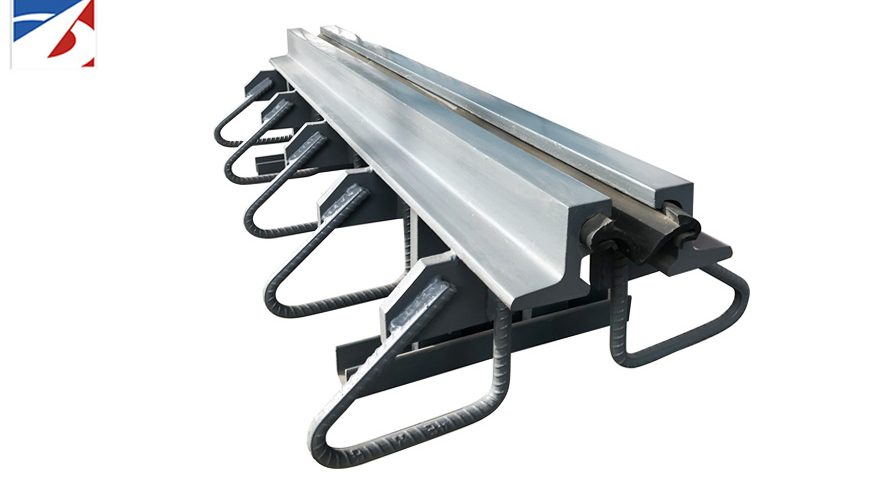
Strip Seal Expansion Joint, also known as single strip seal expansion joint, consists of an elastomeric element and steel edge profiles. The elastomeric element, also known as strip seal, is made of EPDM or neoprene rubber. The steel edge profiles, also known as edge beams, are made of hot rolled structural steel with various options of shapes, including C type, E type, F type, M type, Z type, etc. The strip seal is mechanically locked in the grooves of two edge beams, providing a superior watertight performance. The rugged design of the strip seal expansion joint can easily accommodate the high loads of vehicular traffic while effectively sealing expansion joints in bridges and structures with small movements ranges from 0 mm to 80 mm.

structure of strip seal expansion joint
Components
Ⅰ Edgebeam
- Edge Beam Types
Edgebeam is made of hot rolled structural steel confirms to the grade of ASTM A709 Grade 50 or S355 or other equivalence.
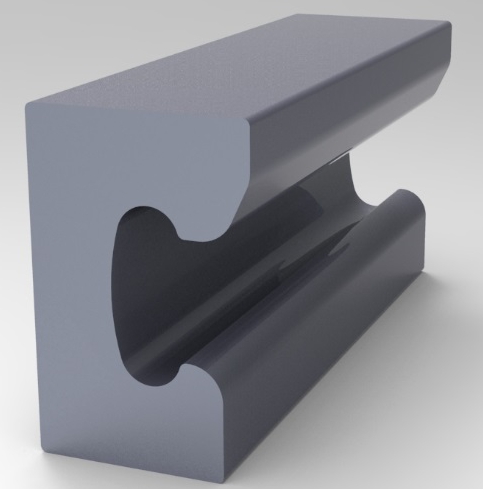 |
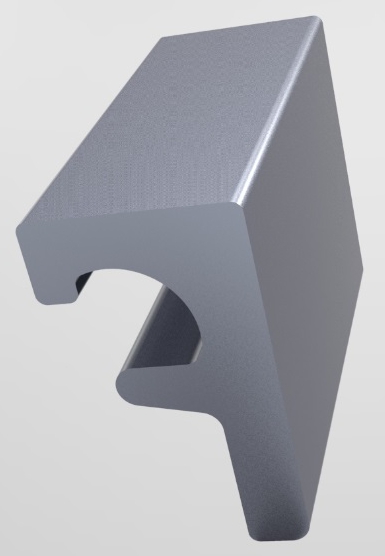 |
| Type C edge beam of expansion joint | Type F edge beam of expansion joint |
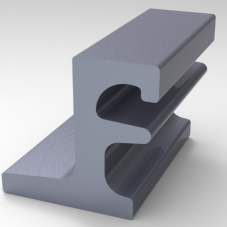 |
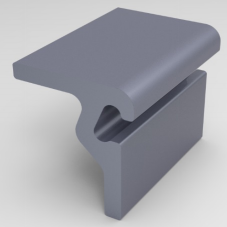 |
| Type Z edge beam of expansion joint | Type M edge beam of expansion joint |
- Typical Layout
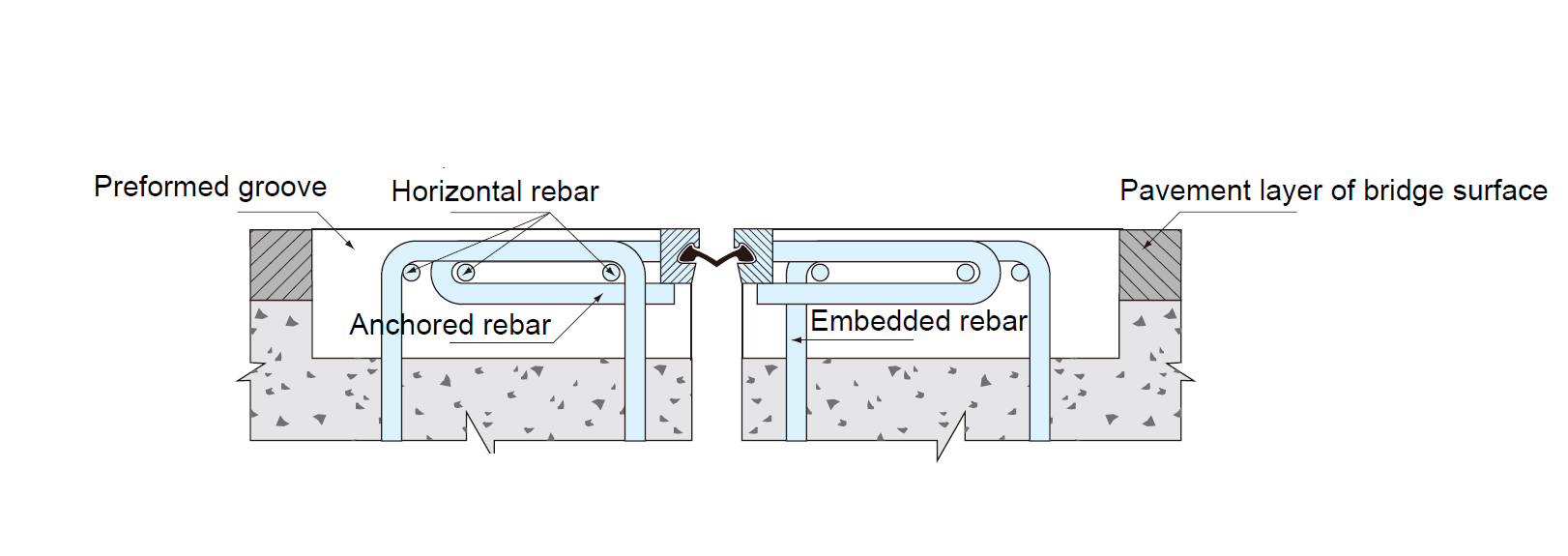 |
| Typical layout of strip seal expansion joint with C type edge beam |
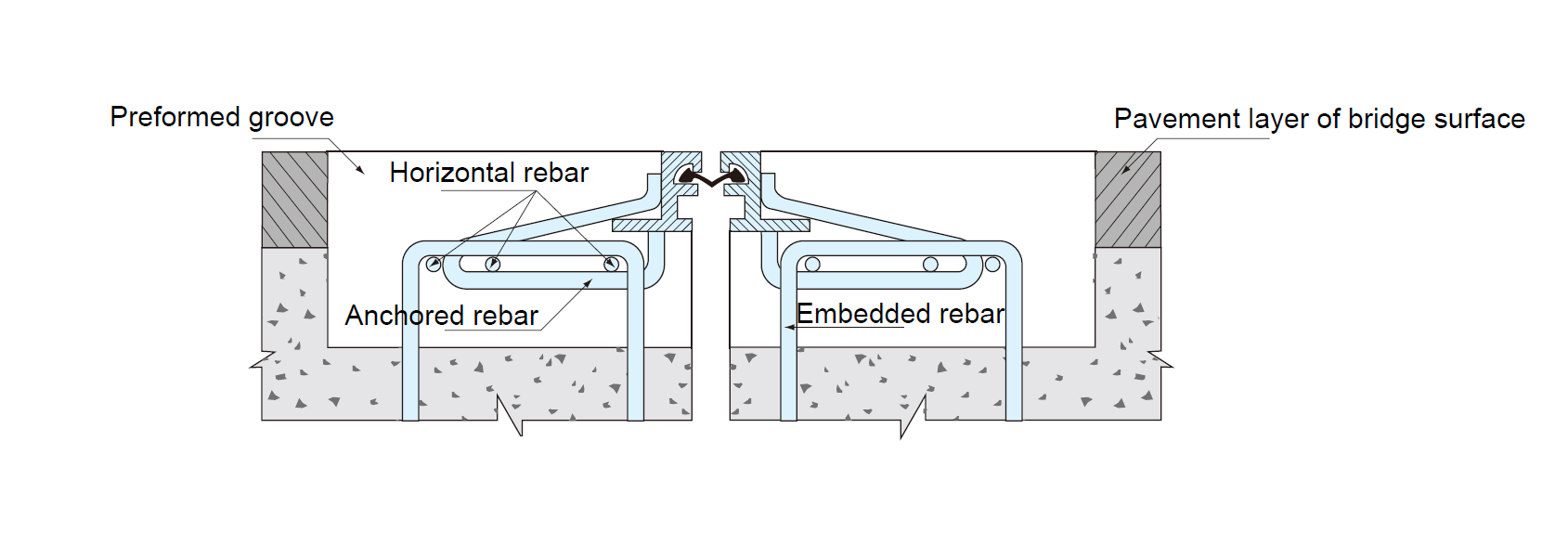 |
| Typical layout of strip seal expansion joint with Z type edge beam |
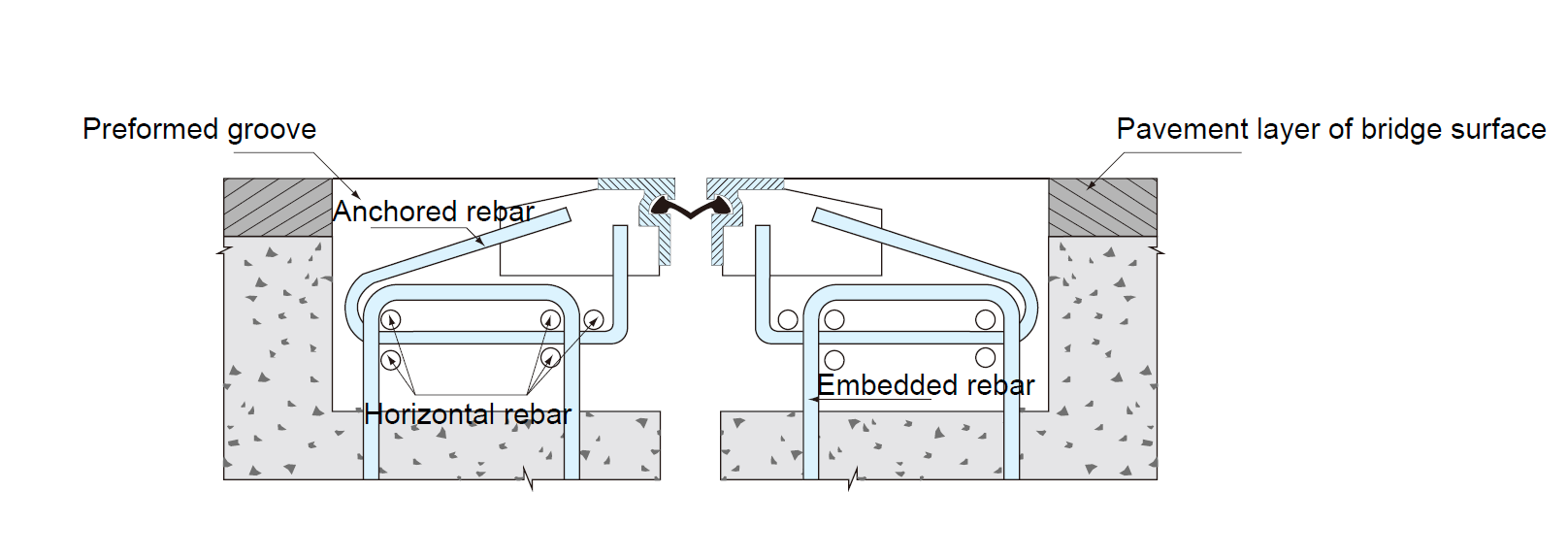 |
| Typical layout of strip seal expansion joint with M type edge beam |
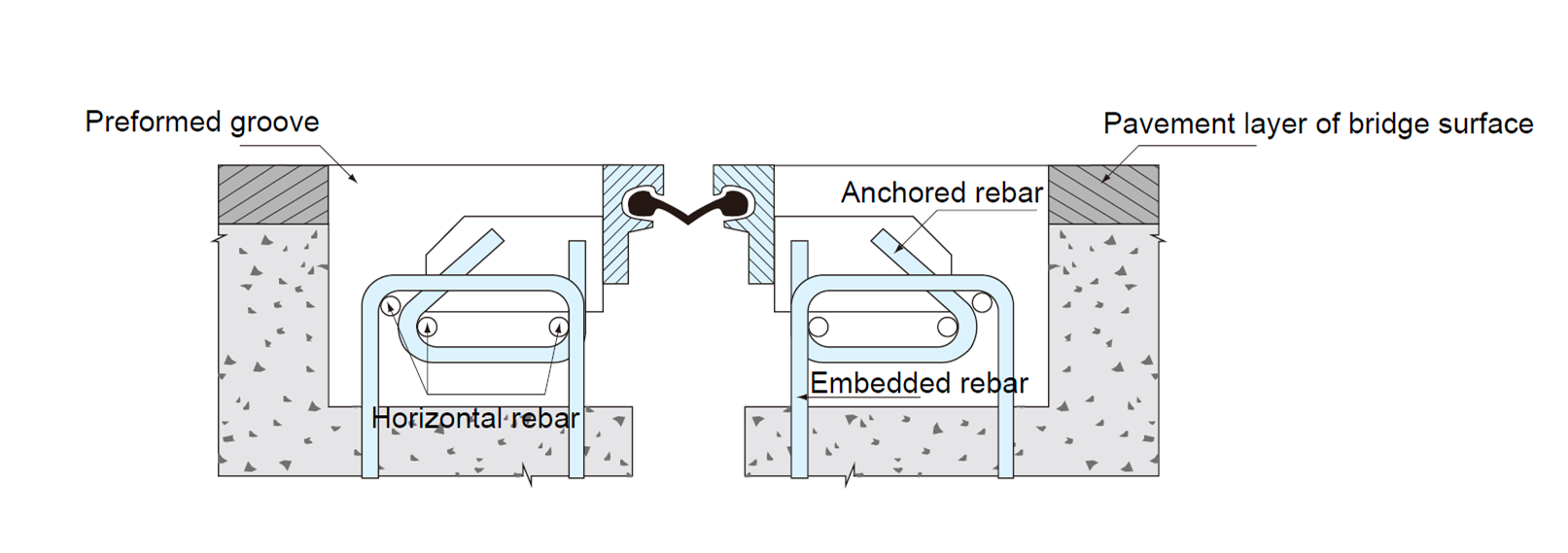 |
| Typical layout of strip seal expansion joint with F type edge beam |
Ⅱ Strip Seal
Strip seal is manufactured using extrusion technology and vulcanizing, and conform to ASTM D5973-97(2012) “standard specification for elastomeric strip seals with steel locking edge rails used in expansion joint sealing”.
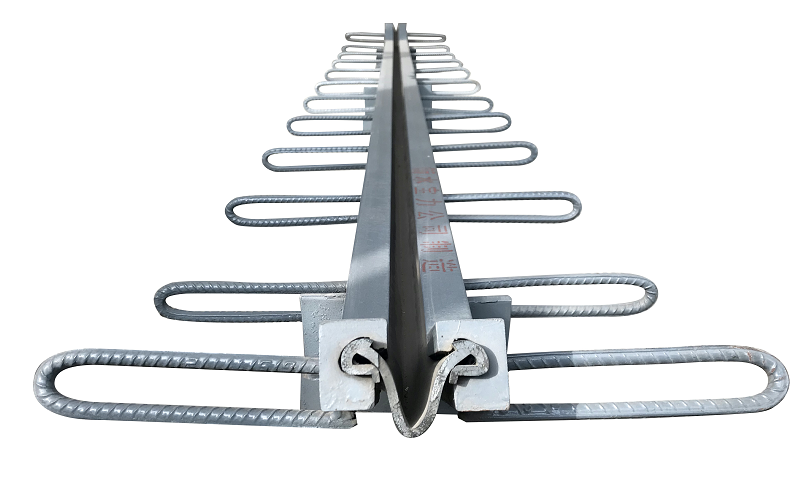 |
|
| Waterproof seal strip in C type edge beam | |
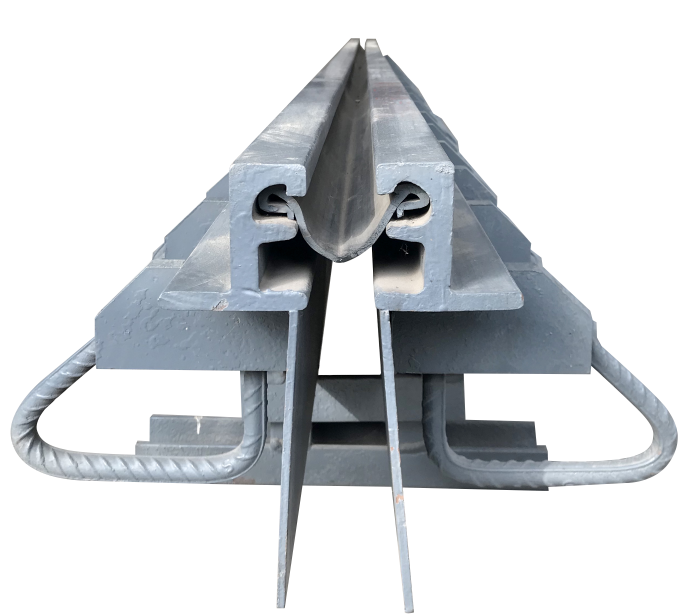 |
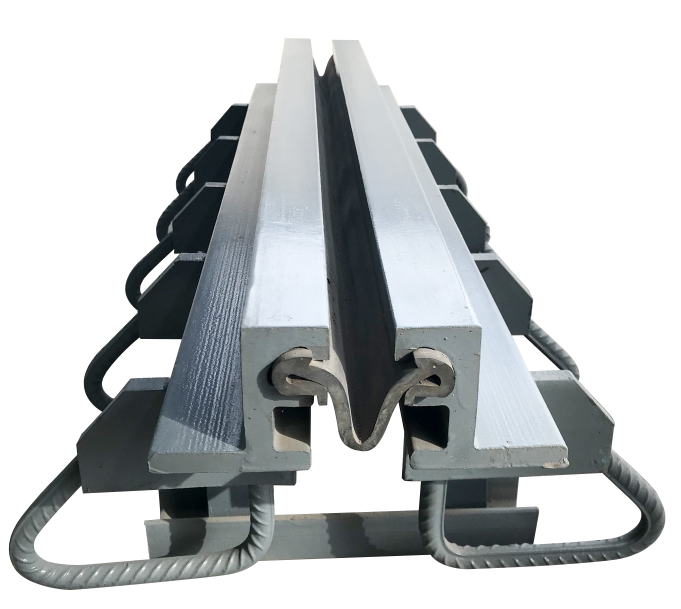 |
| Waterproof seal strip in Z type edge beam | Waterproof seal strip in E type edge beam |
 |
 |
| EPDM waterproof rubber seal for strip seal expansion joint | |
Ⅲ Anchorage
The edge beams are rigidly connected to the main structure by anchors directly welded to the edge beams. The traffic loads transferred from edge beam to anchorages then to substructure. The anchorages are embedded in high strength mortar to assure the maximum resistance of traffic load.
Typically, anchorage is anchor stud, anchor plate, anchor bar or the combinations of them, all of which confirm to ASTM A709 Grade 36 unless otherwise noted. The combination of anchor plate and anchor loop is used for very high traffic volumes.
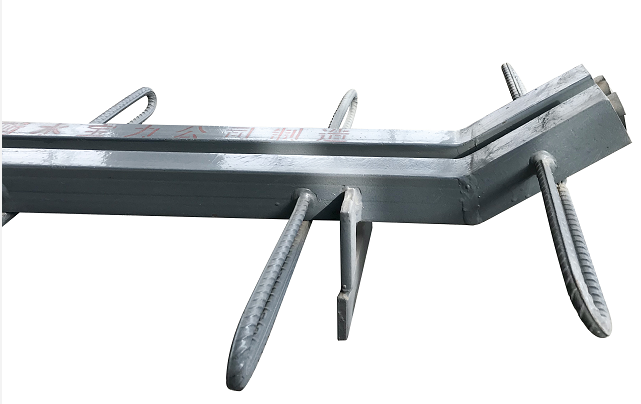 |
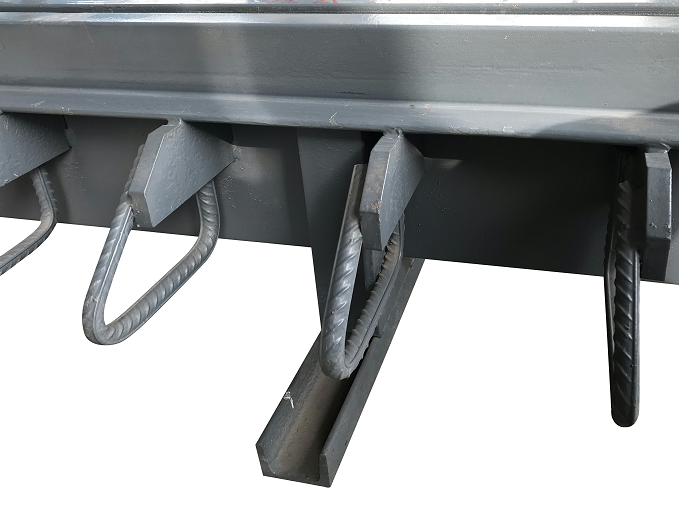 |
| Strip seal joint with anchor bar | Strip seal joint with anchor bar and anchor plate |
- Anchorage Layout
Selection of different anchorages mainly depends on the design traffic load and limitations of block-out dimensions. If there is a skew (angle α) between the centerline of carriageway and the centerline of the joint, the anchors shall be arranged after calculations along the skew angle.
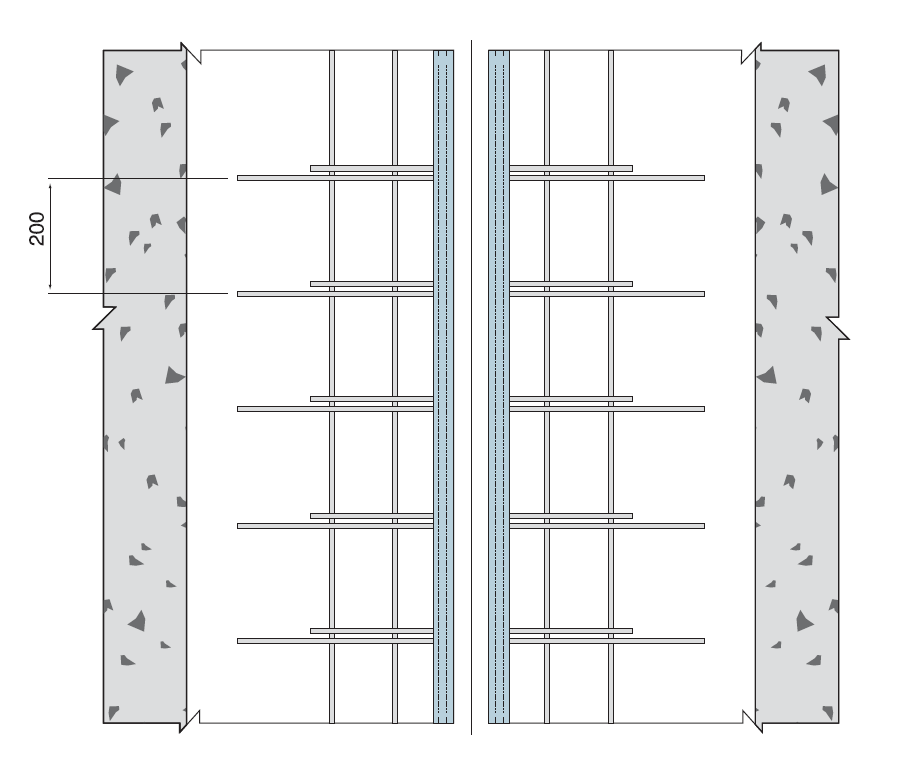 |
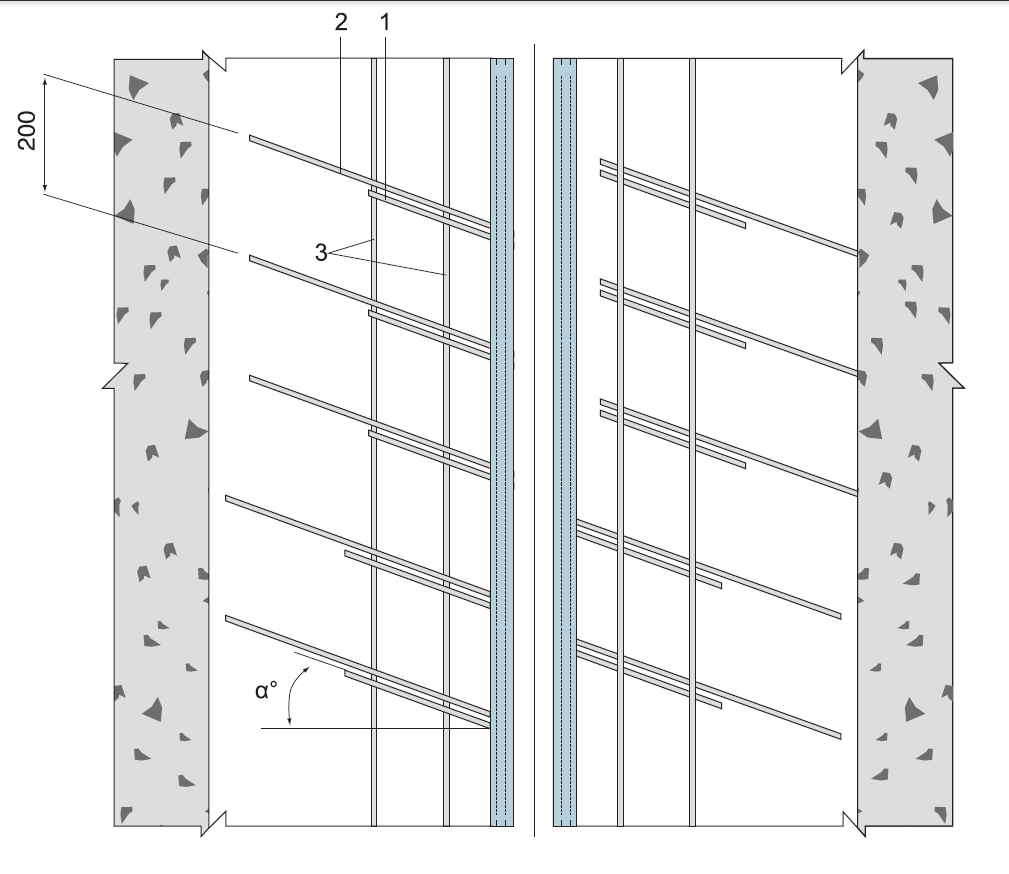 |
| Arrangement of the joint anchorage (without skew) | Arrangement of the joint anchorage (with skew) |

